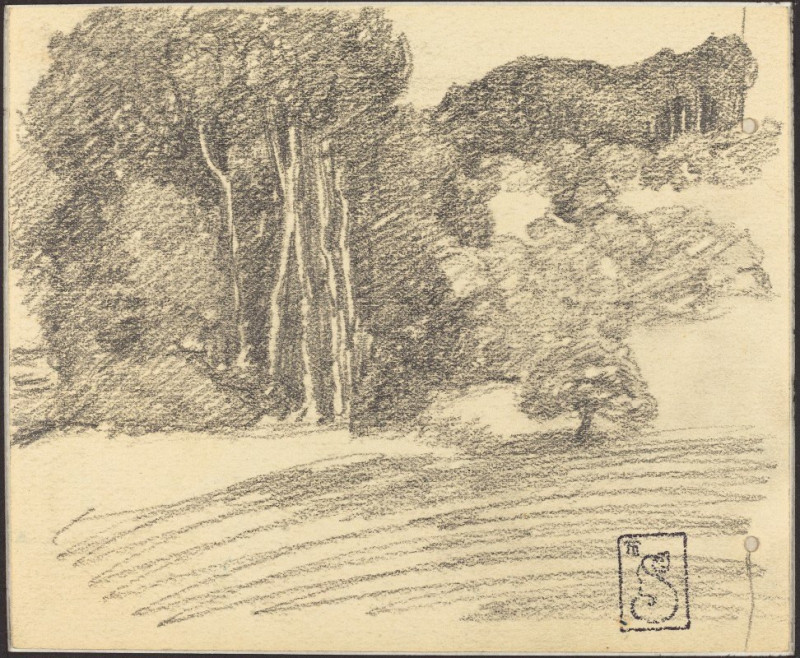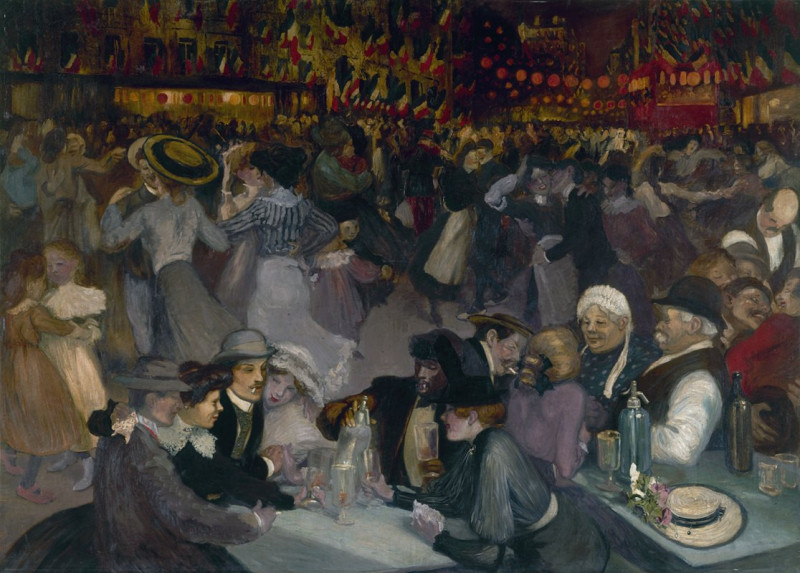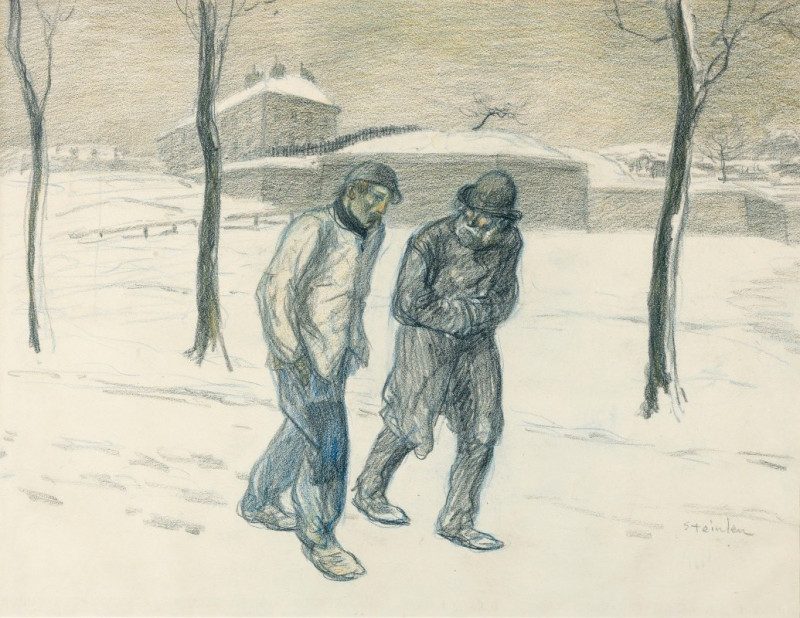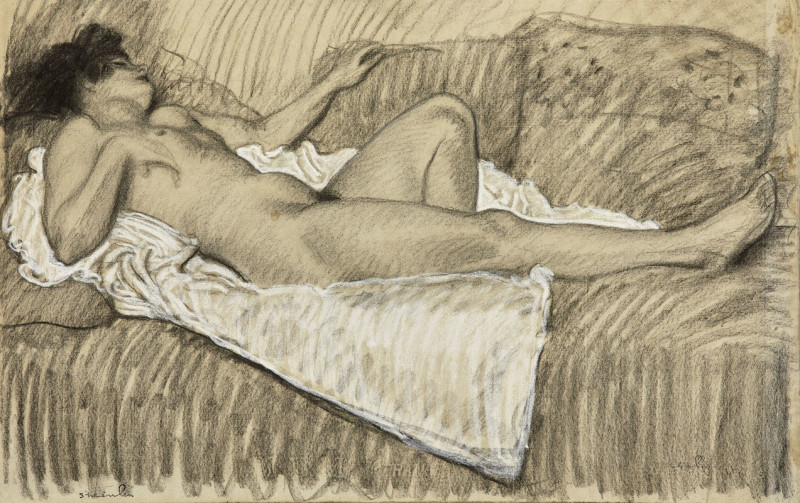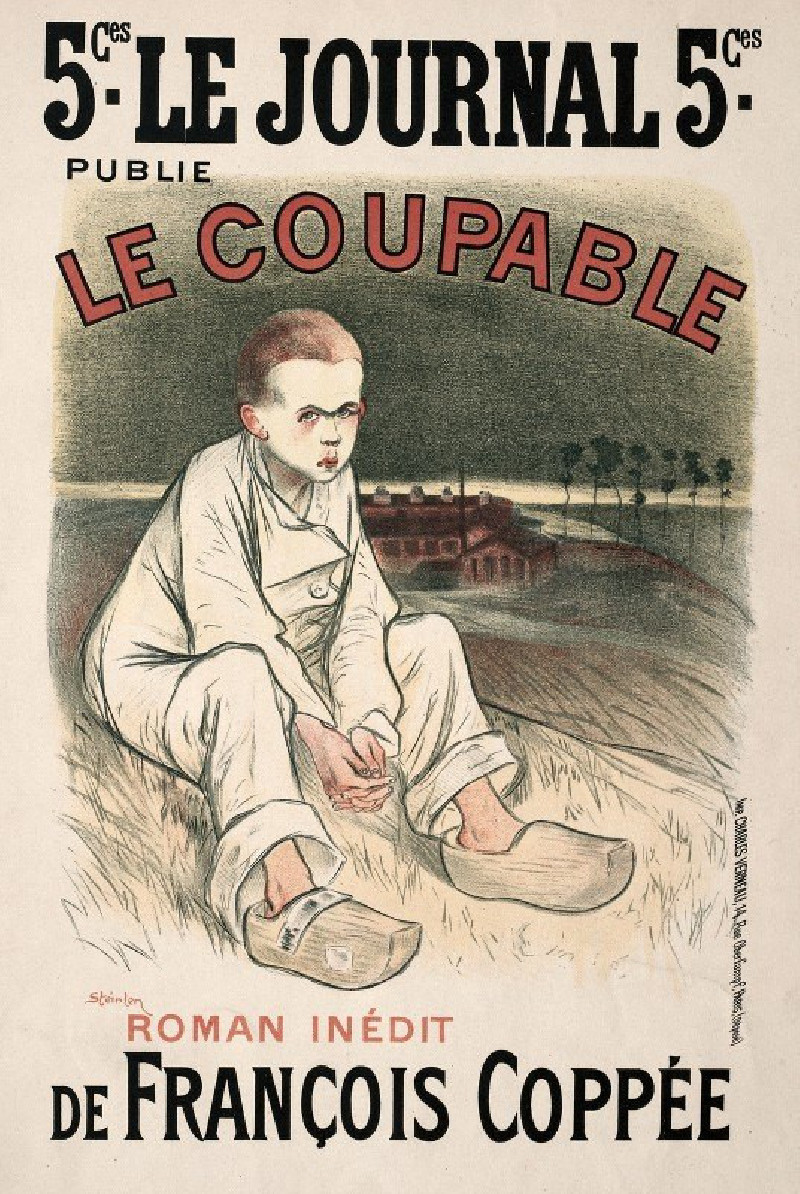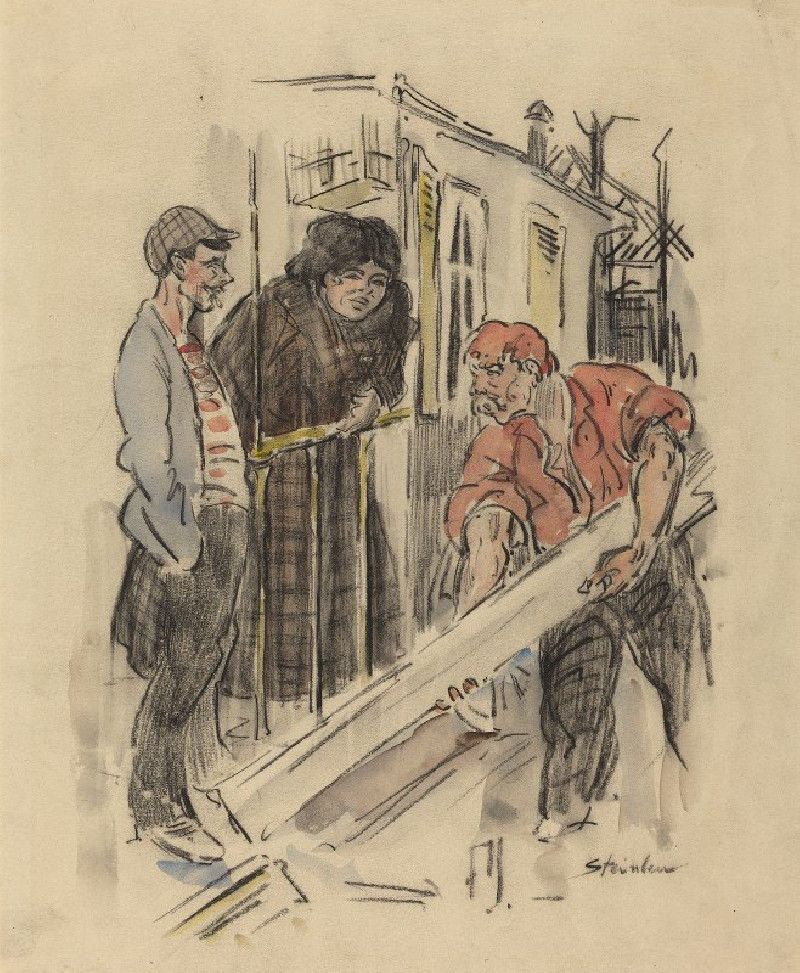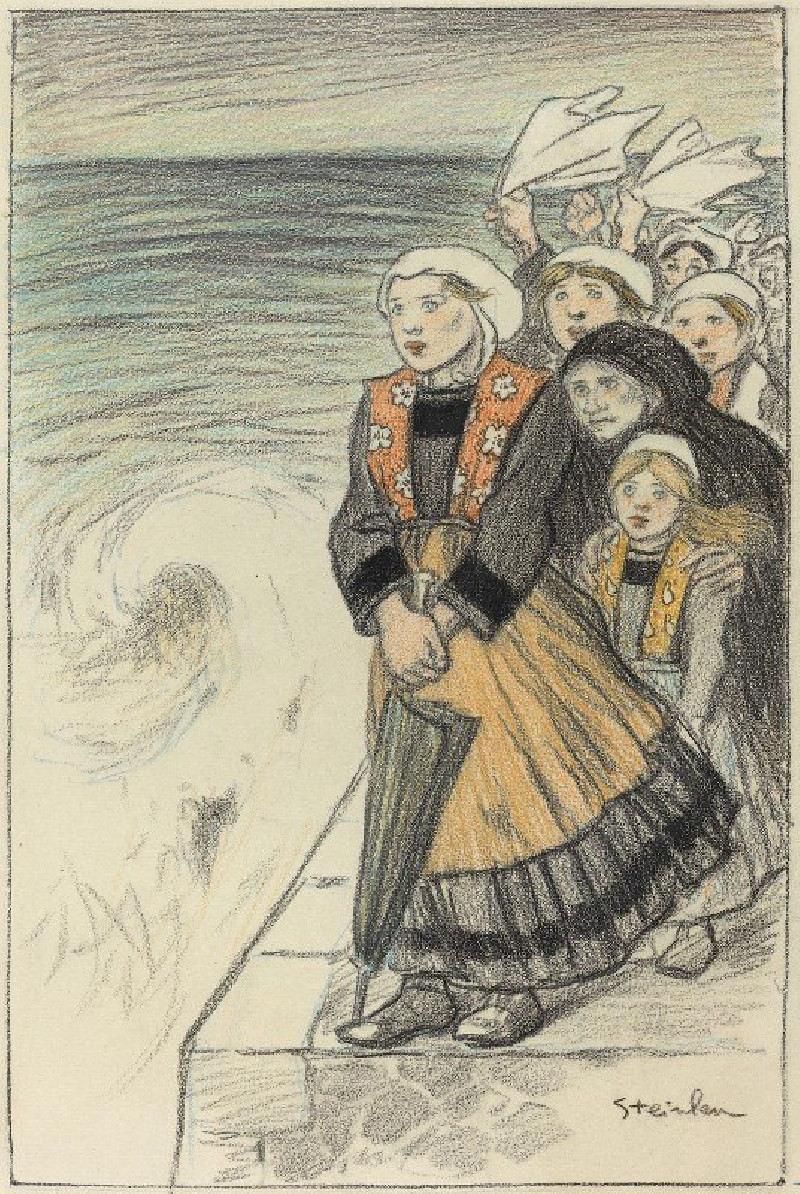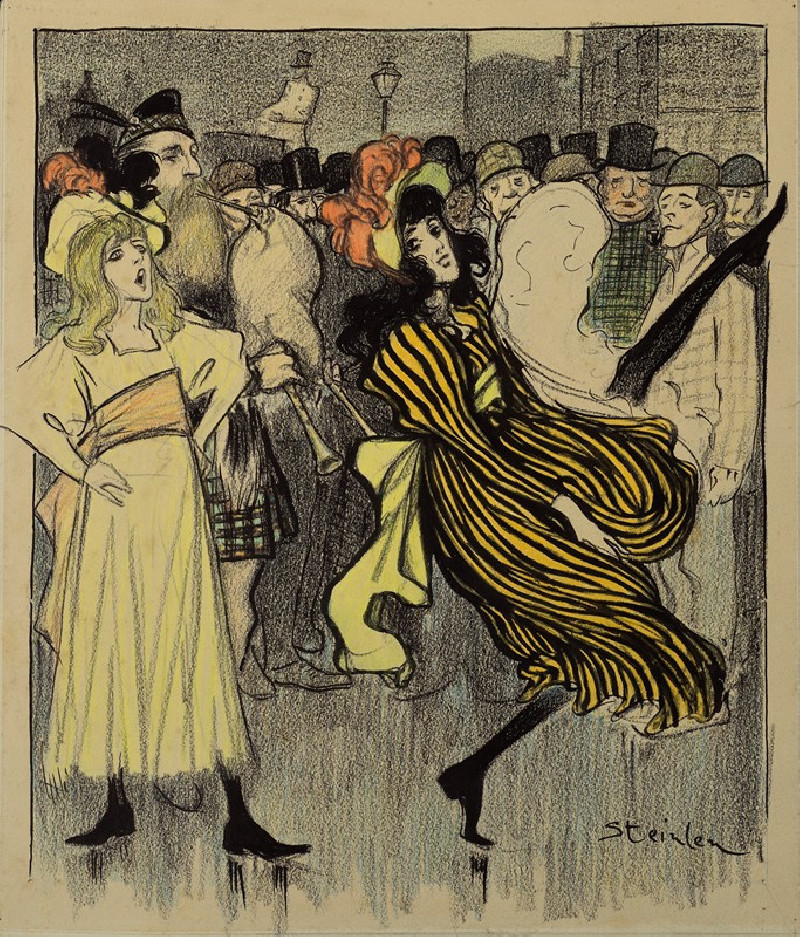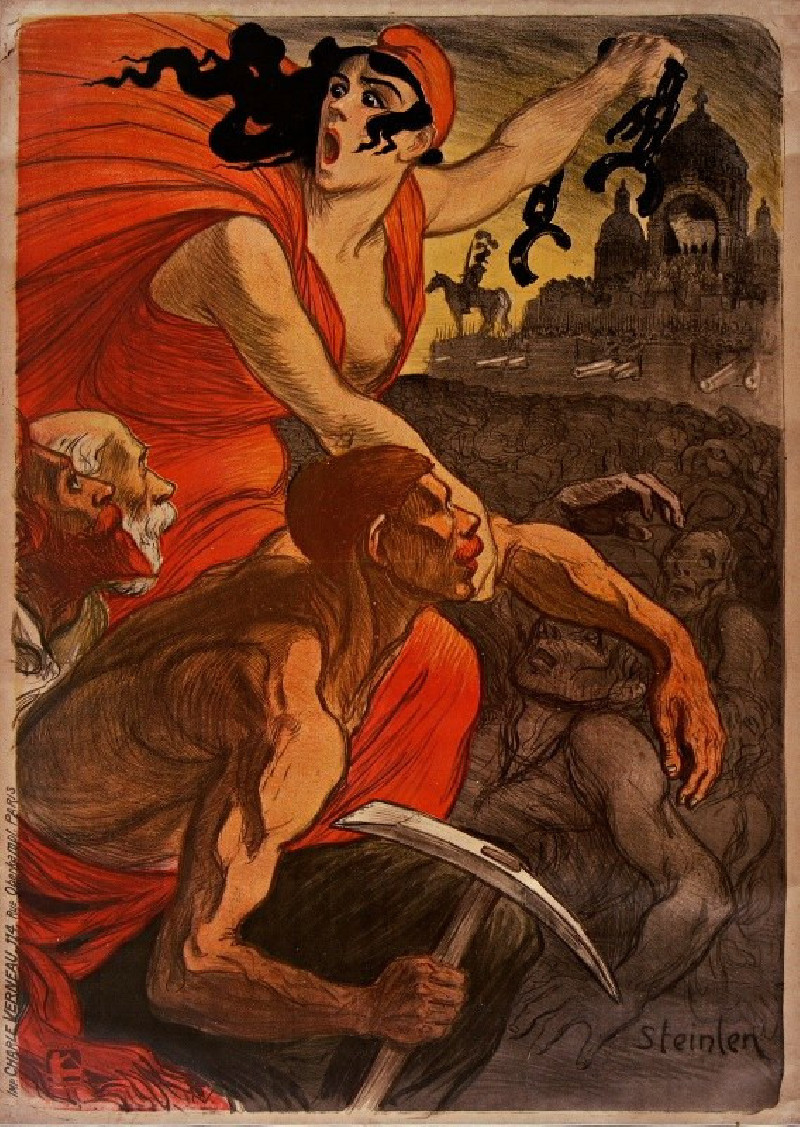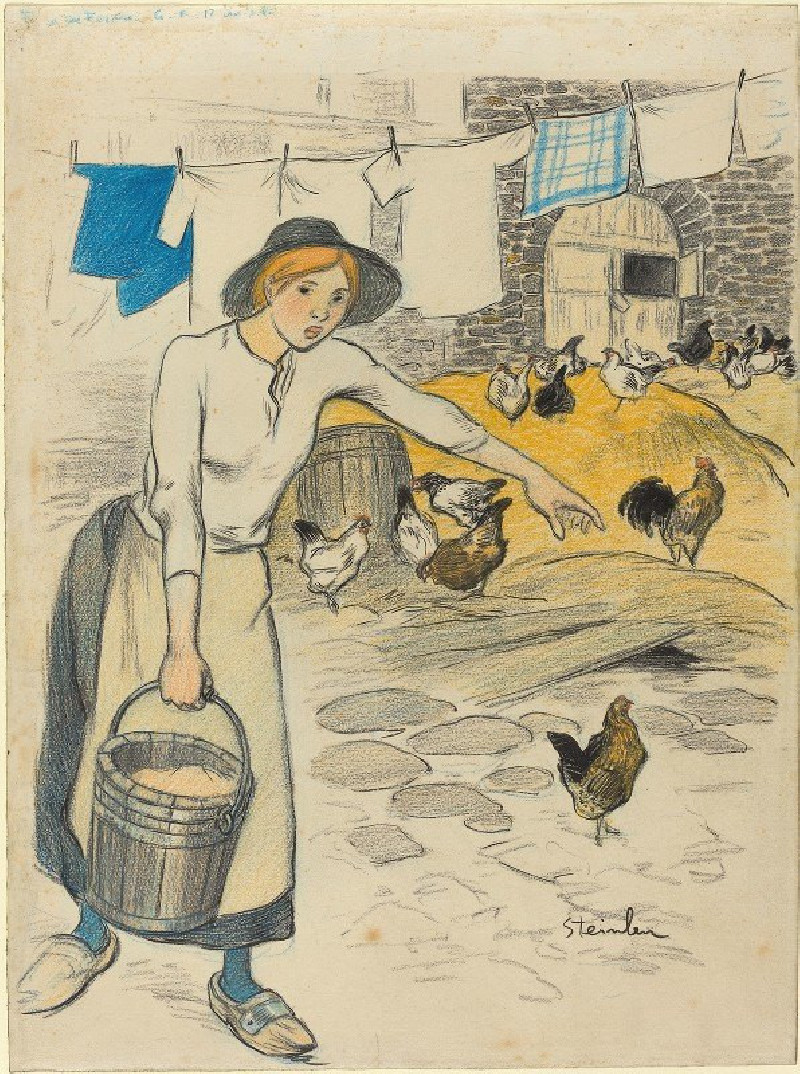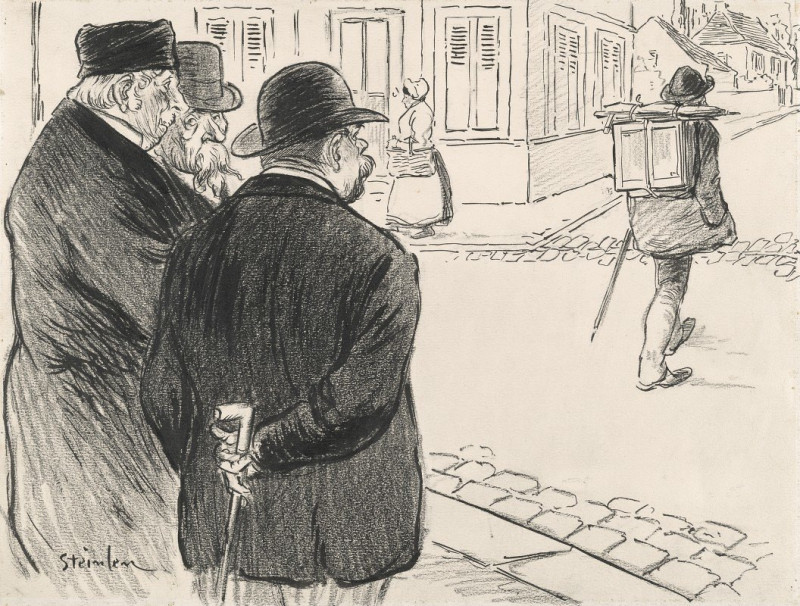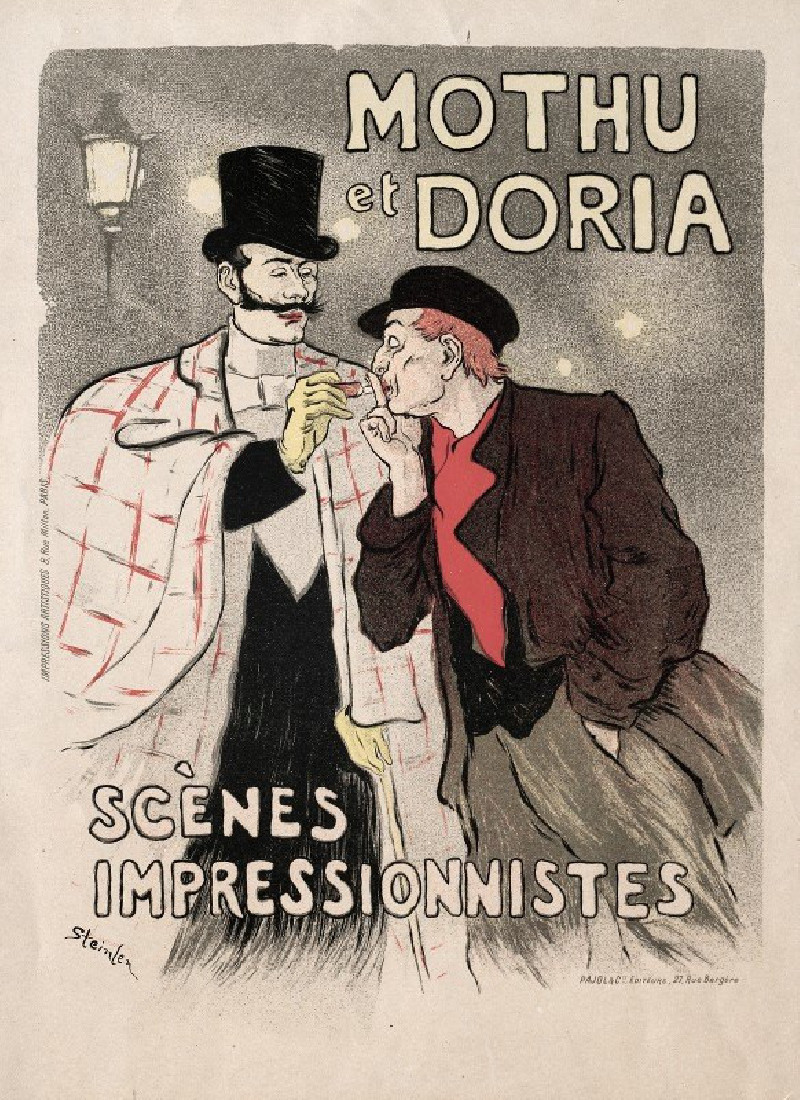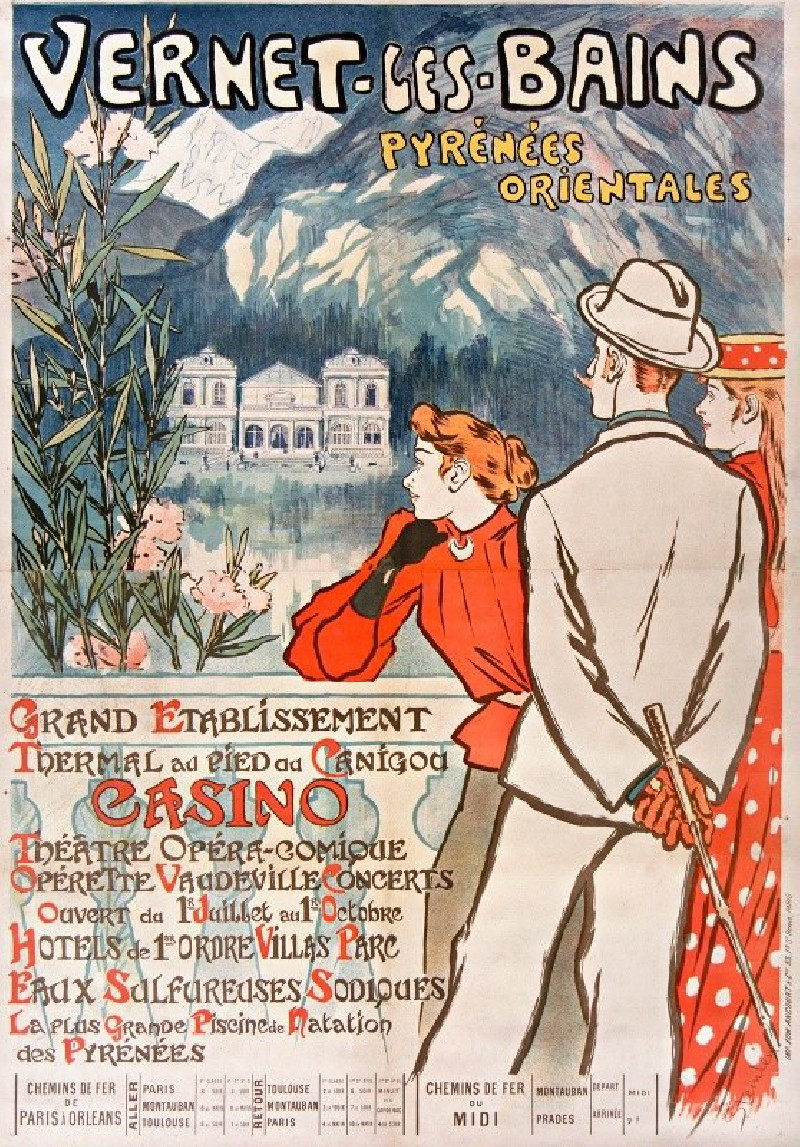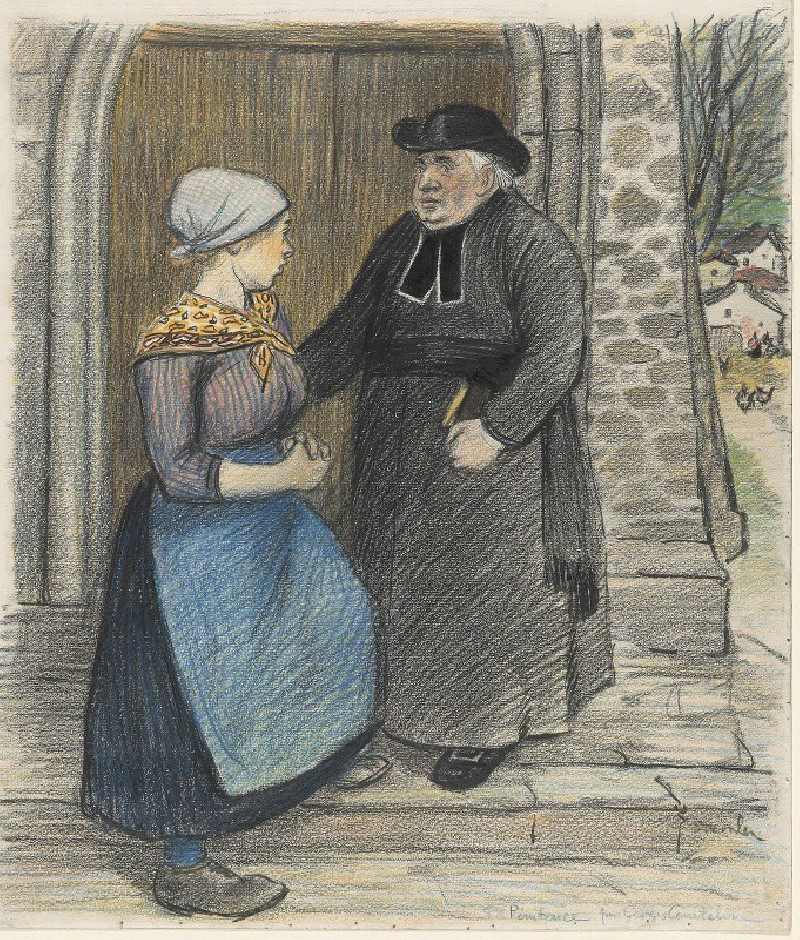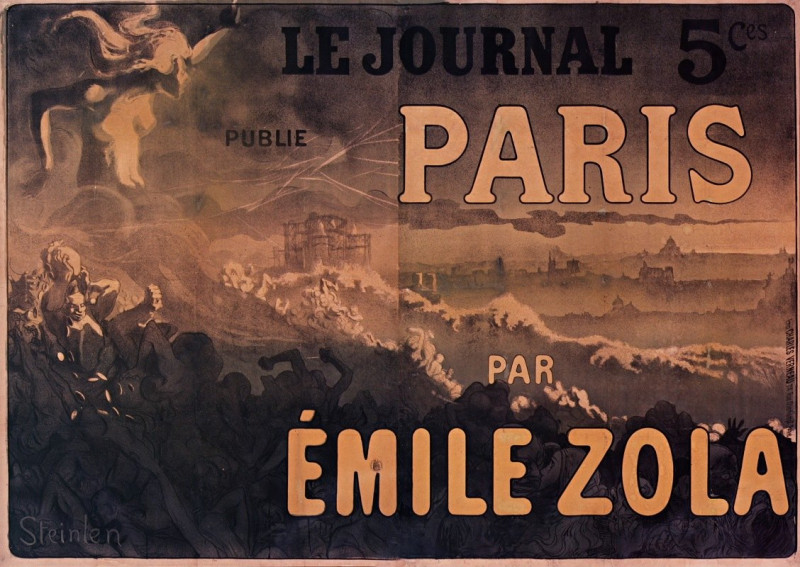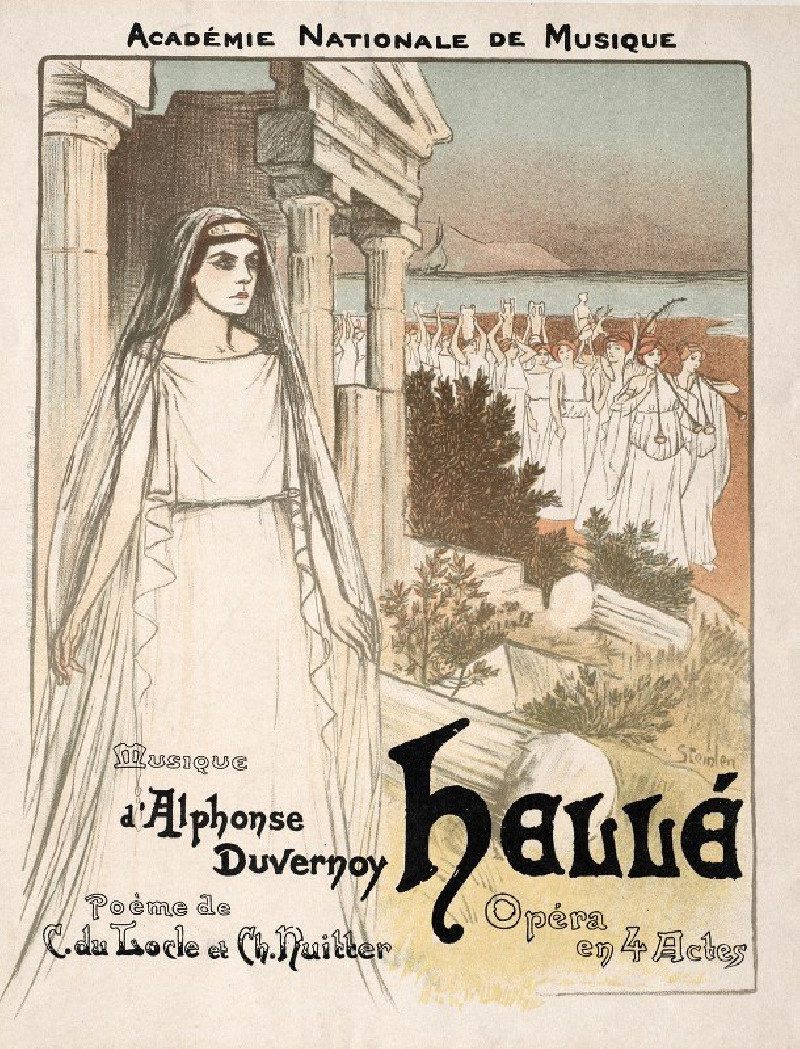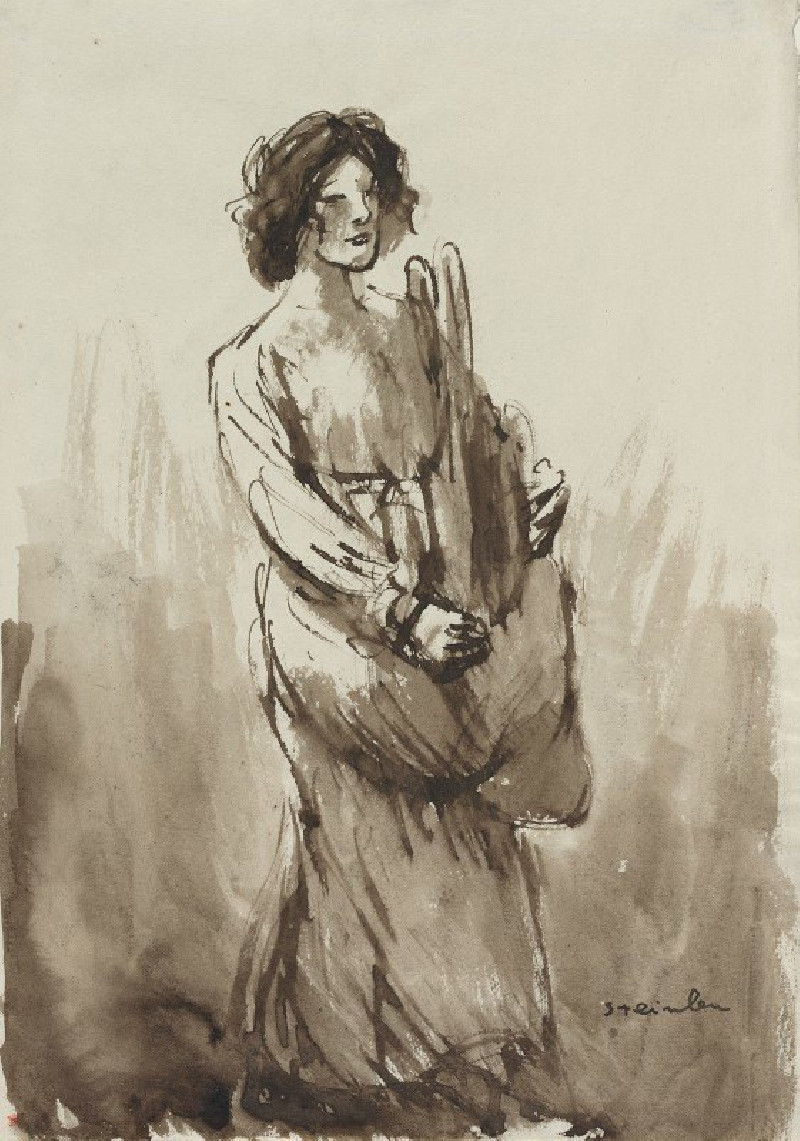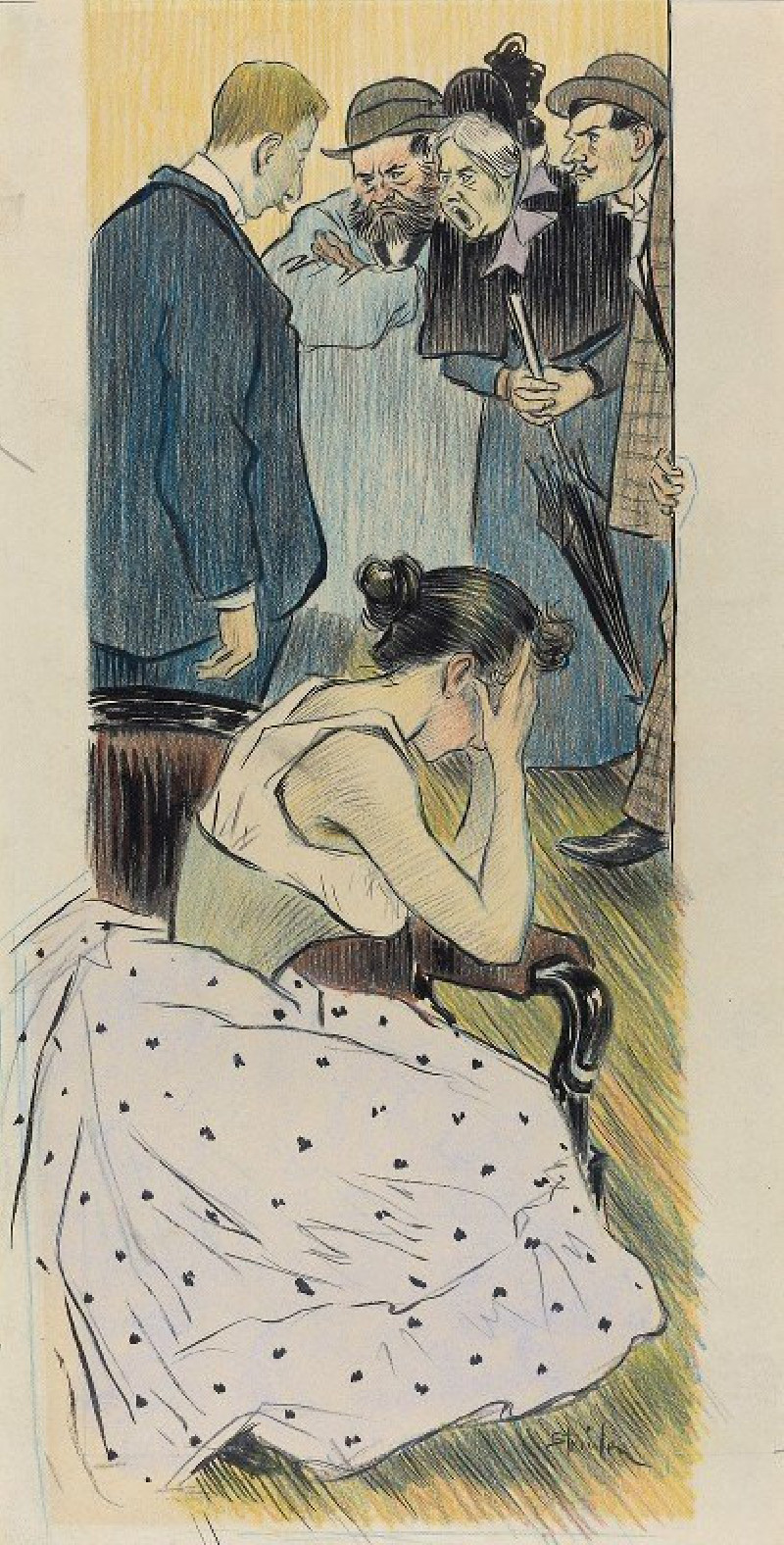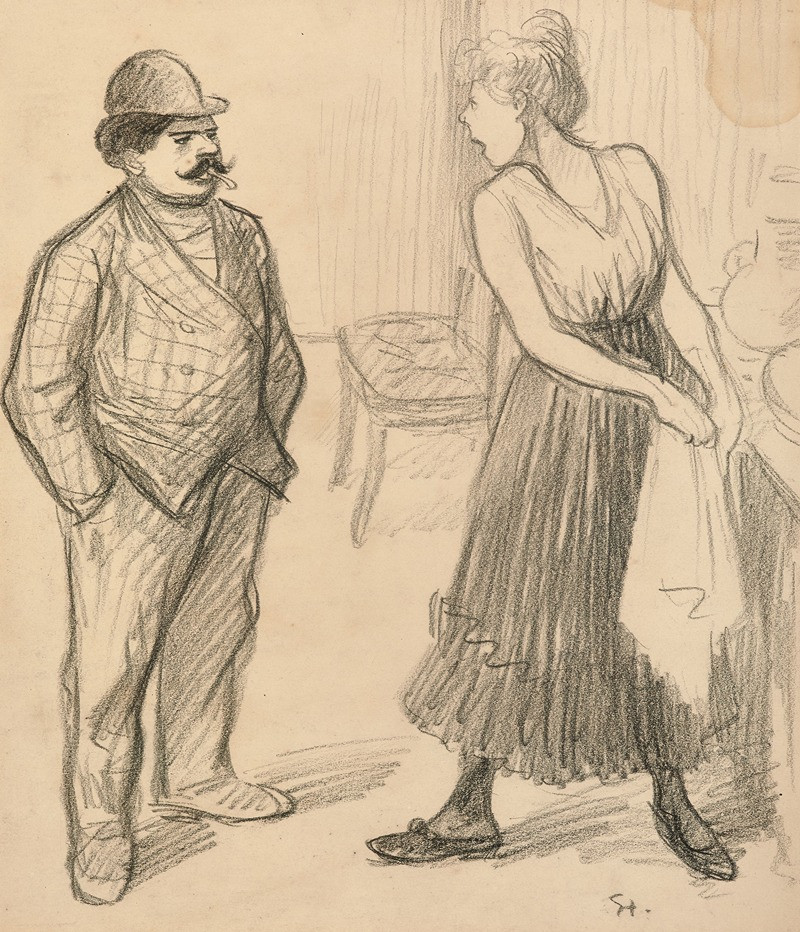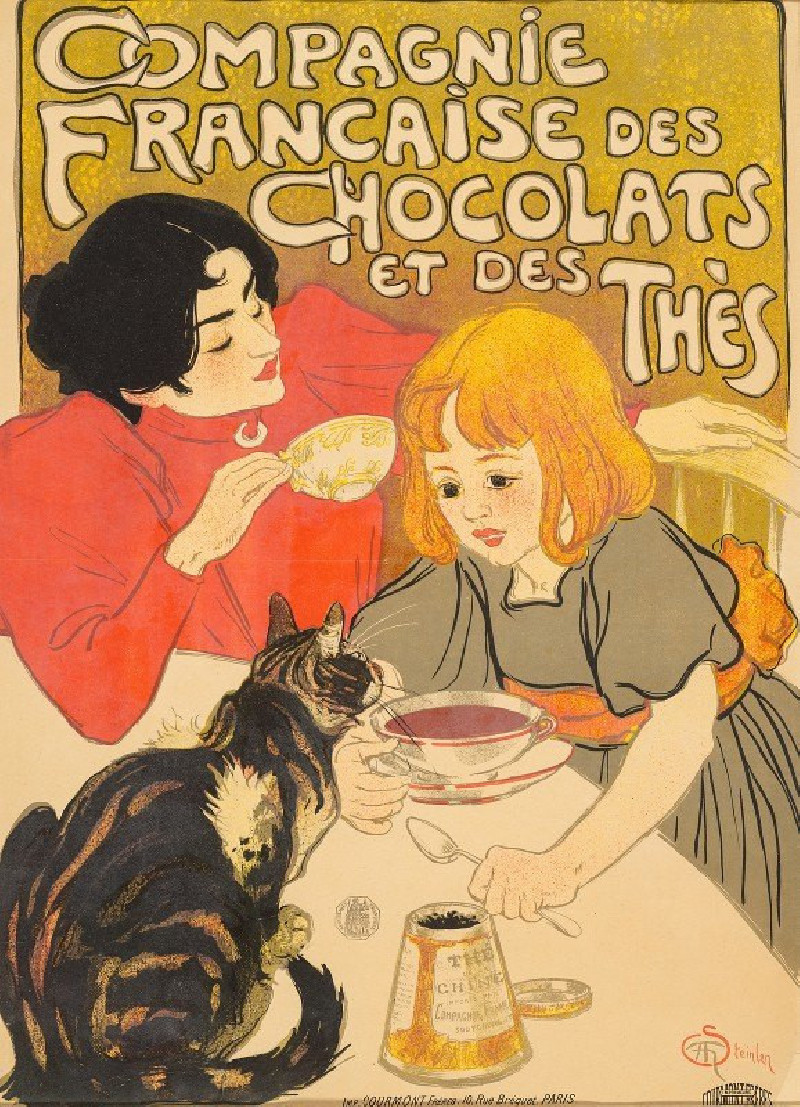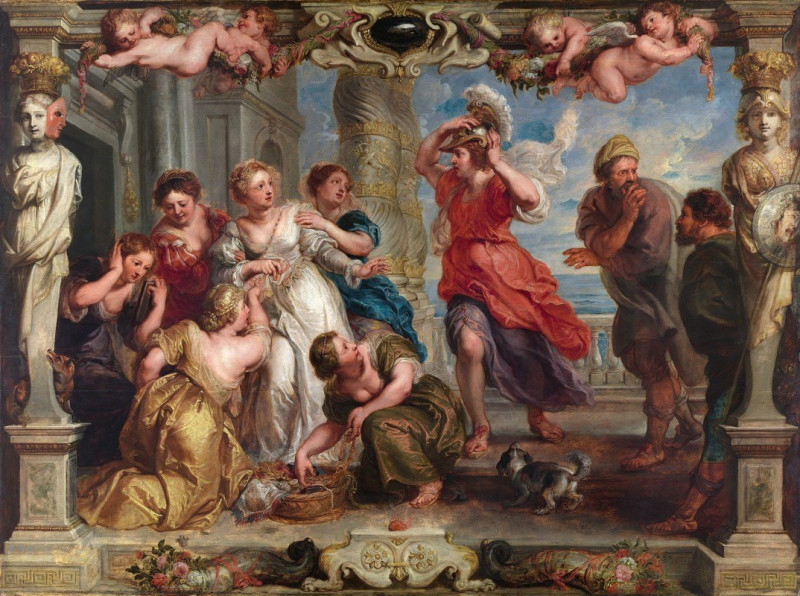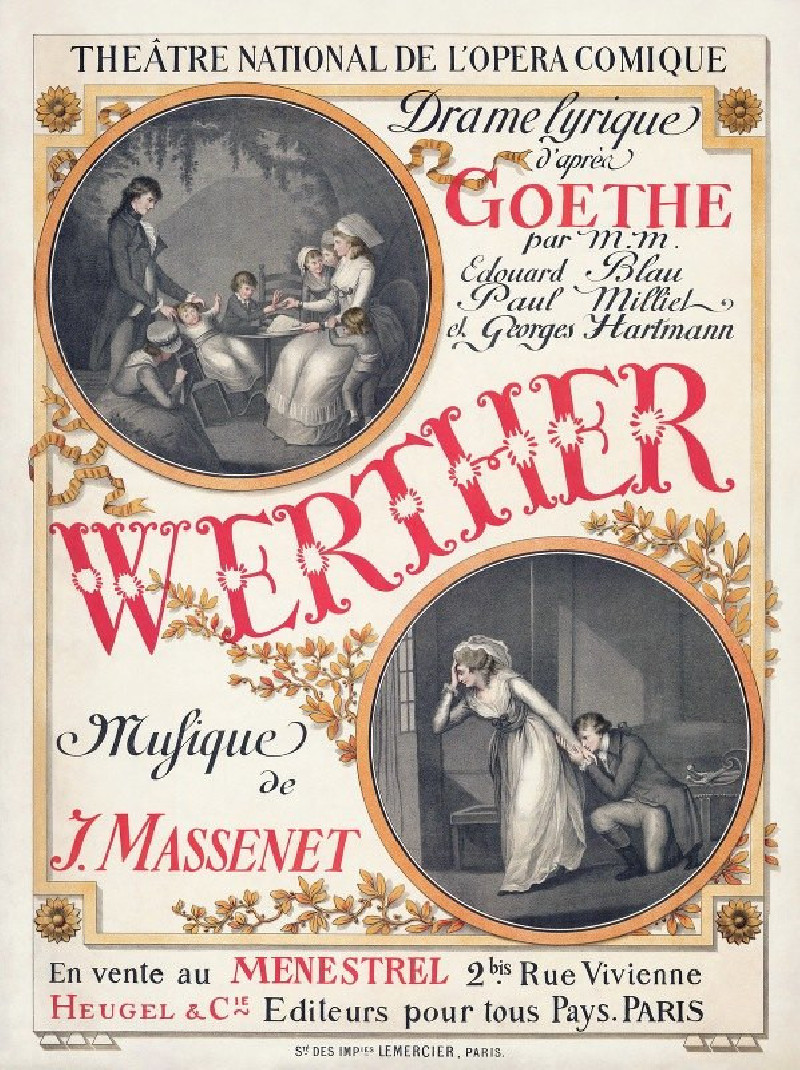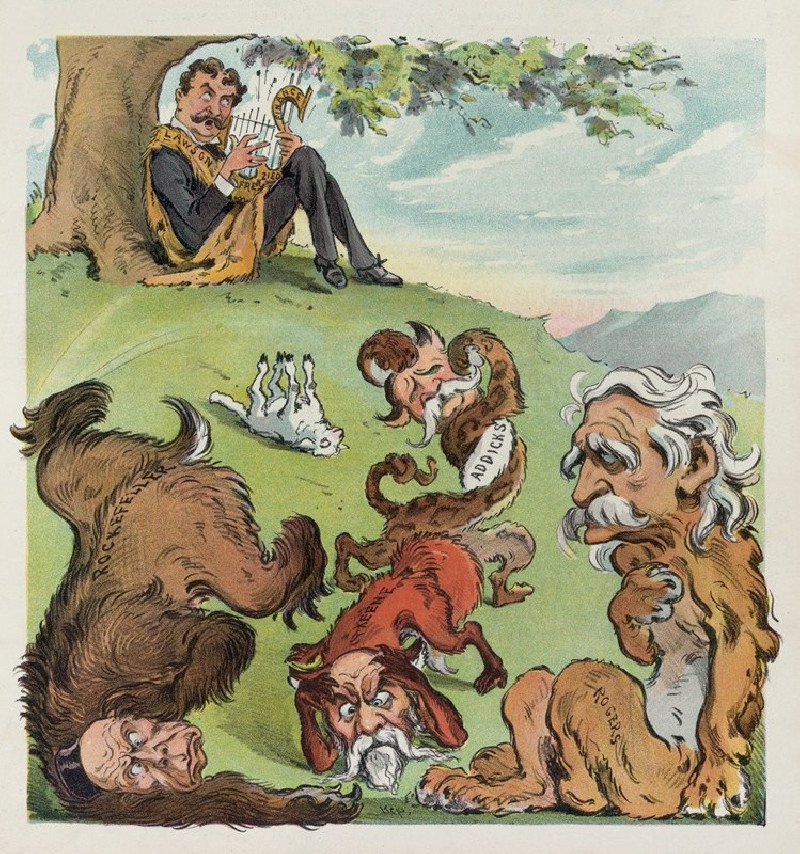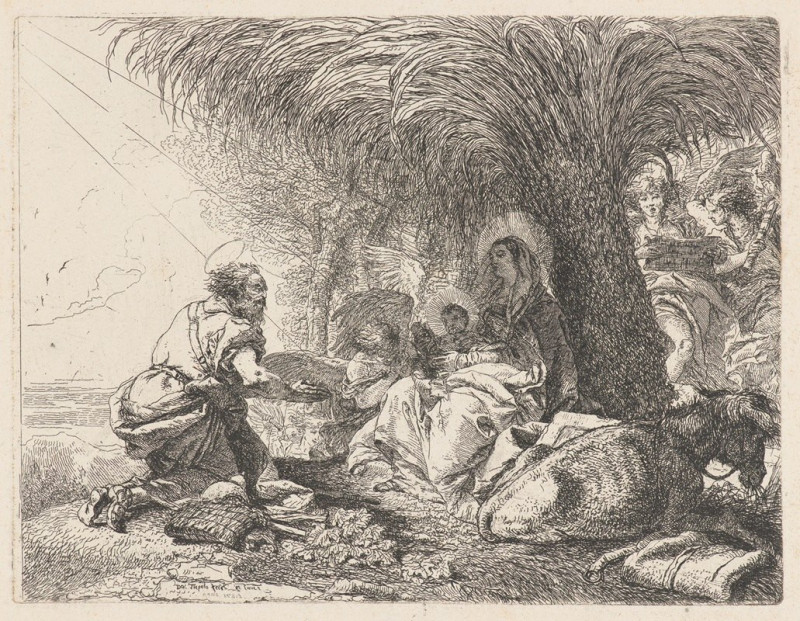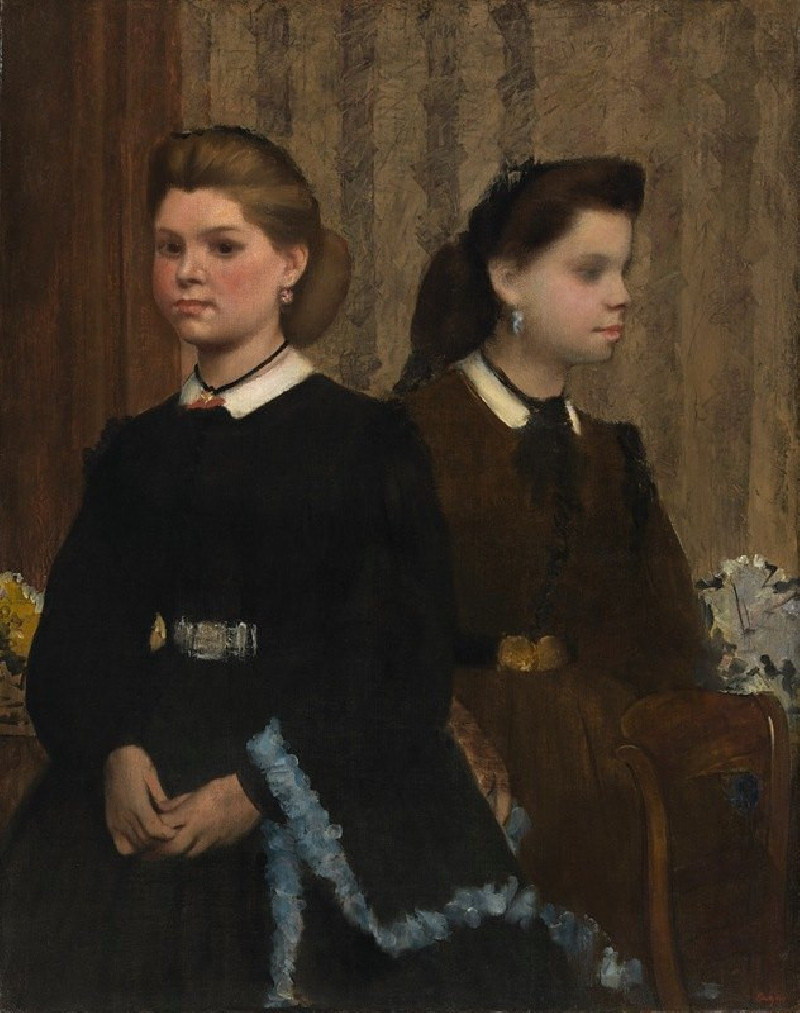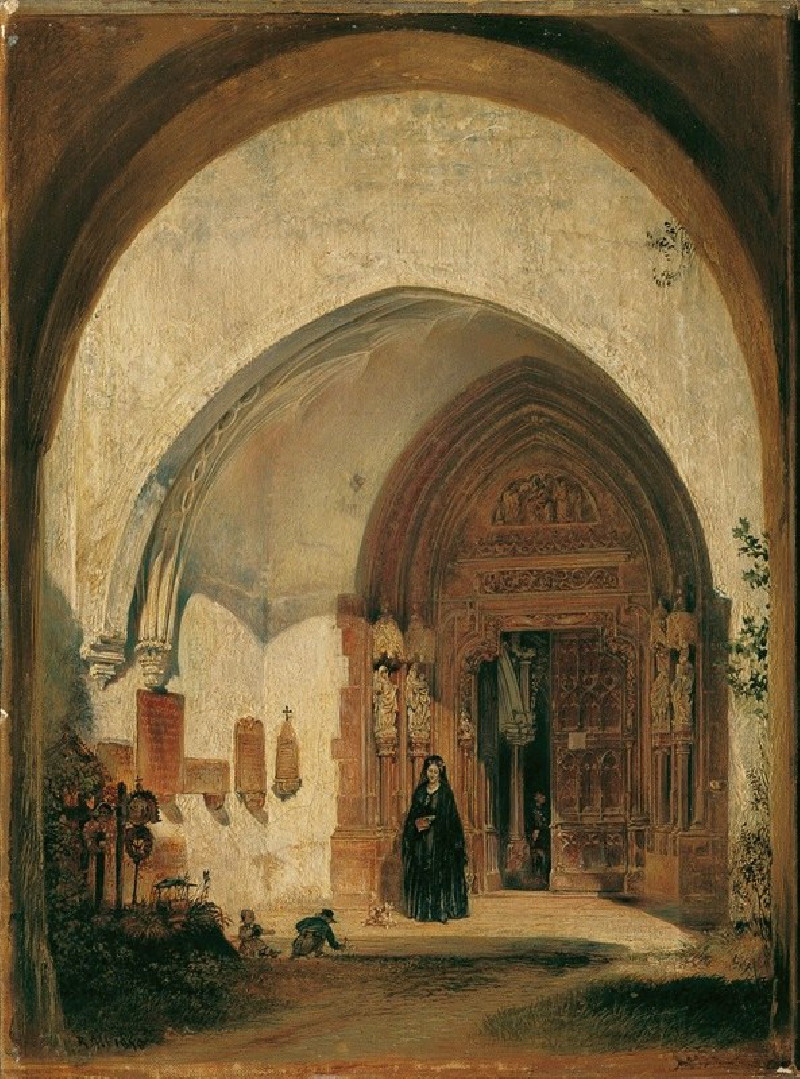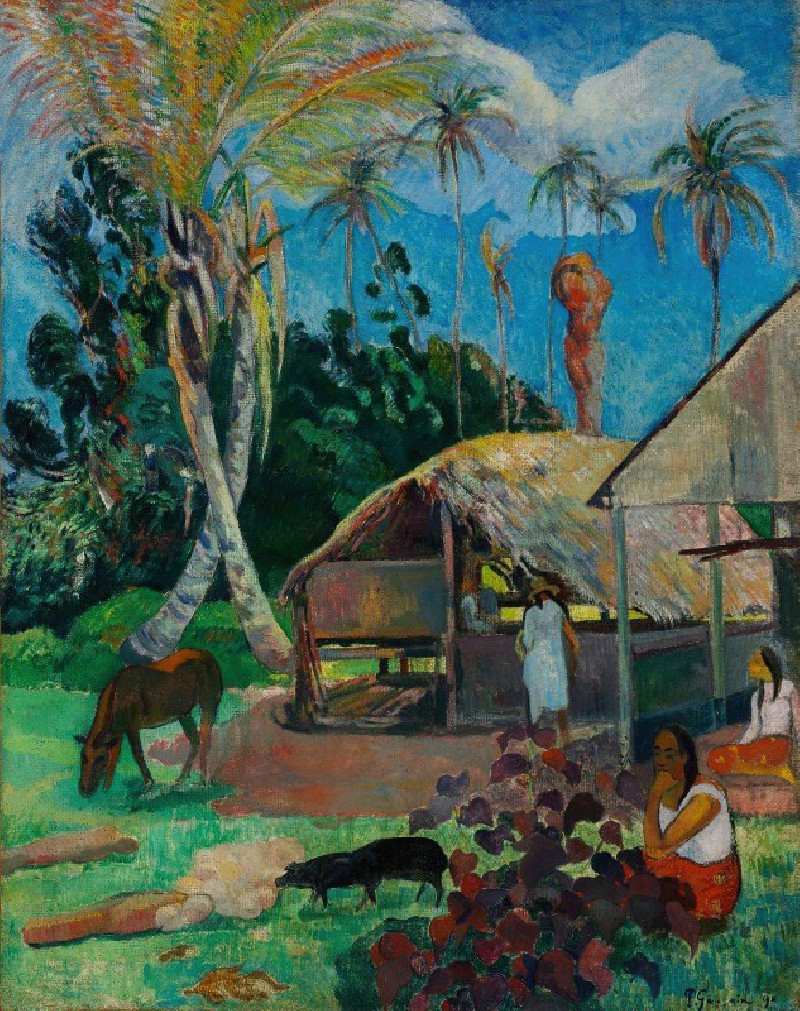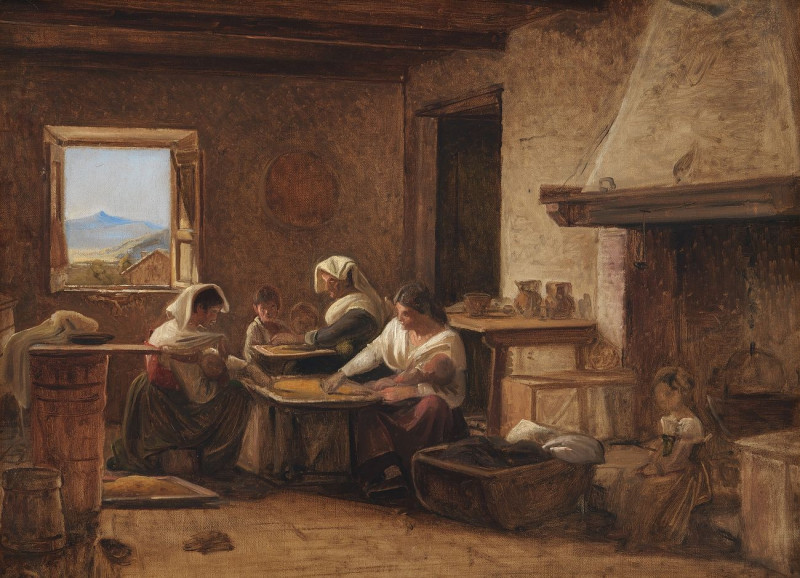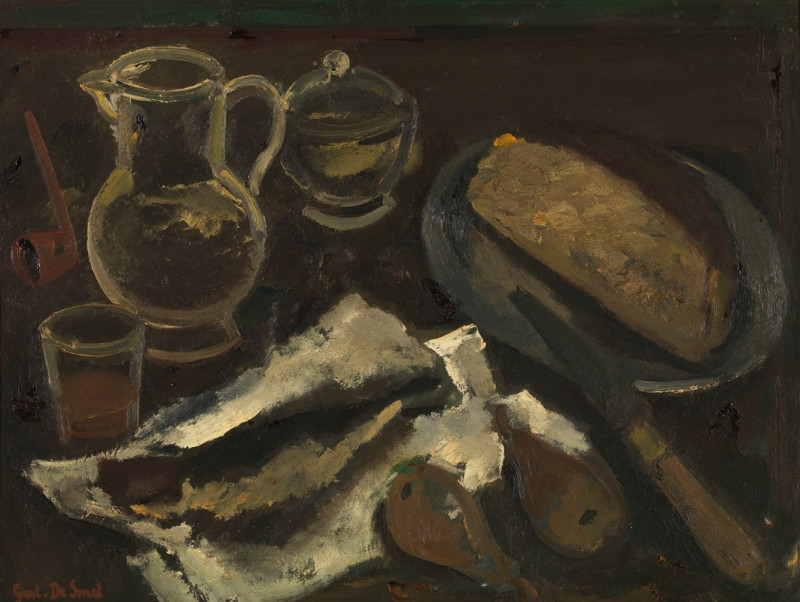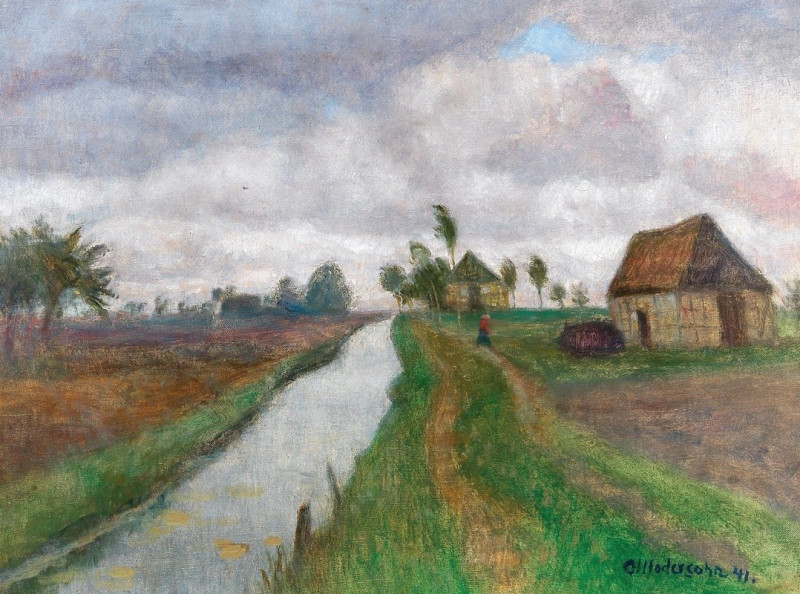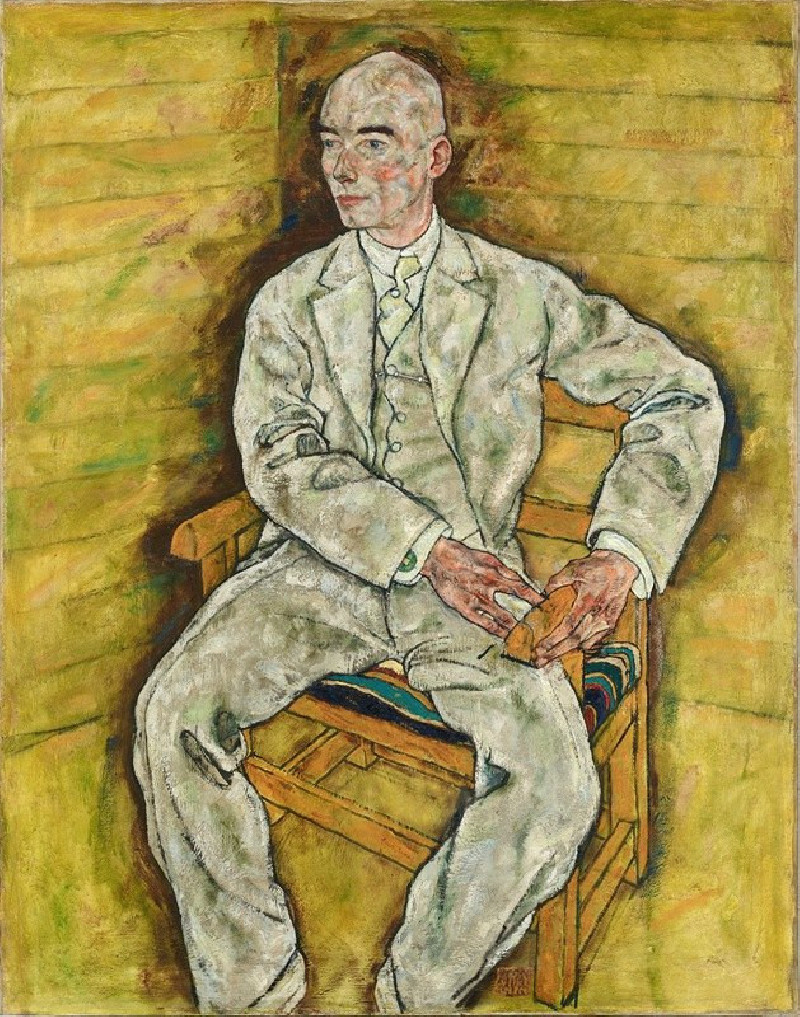The Forest at Courdemanche (1895)
Technique: Giclée quality print
Recommended by our customers
More about this artwork
Artist: Théophile Alexandre SteinlenEncounter the serene and tactile charm of Théophile Alexandre Steinlen's "The Forest at Courdemanche," a delicate portrayal that captures the verdant essence of a forest landscape. This 1895 composition utilizes soft, sketch-like strokes to evoke the lush density and layered textures of woodland scenery.In the foreground, the artist intricately sketches rolling contours of the earth, subtly suggesting the presence of a gentle slope or hillside. The tall, slender trees dominate the left section of the painting, their trunks rising vertically, partly obscuring the dense foliage that consumes the background. The detailed rendering of leaves and branches creates a rich tapestry of natural forms, blending seamlessly into a thick forest canopy that shields much of the sky from view.The right segment of the drawing reveals a denser, more mysterious part of the forest, likely a grove where light and shadow play hide and seek among the foliage. Steinlen's strokes here become more vigorous and packed, suggesting the depth and darkness of the woodland interior, which contrasts with the more open and airy left section.This work reflects Steinlen's ability to manipulate texture and depth with mere pencil work, focusing on the interplay of light and shadow to transport the viewer into a tranquil, forested realm.
Delivery
Returns
Théophile Alexandre Steinlen, was a Swiss-born French Art Nouveau painter and printmaker.
Born in Lausanne, Steinlen studied at the University of Lausanne before taking a job as a designer trainee at a textile mill in Mulhouse in eastern France. In his early twenties he was still developing his skills as a painter when he and his wife Emilie were encouraged by the painter François Bocion to move to the artistic community in the Montmartre Quarter of Paris. Once there, Steinlen was befriended by the painter Adolphe Willette who introduced him to the artistic crowd at Le Chat Noir that led to his commissions to do poster art for the cabaret owner/entertainer, Aristide Bruant and other commercial enterprises.

